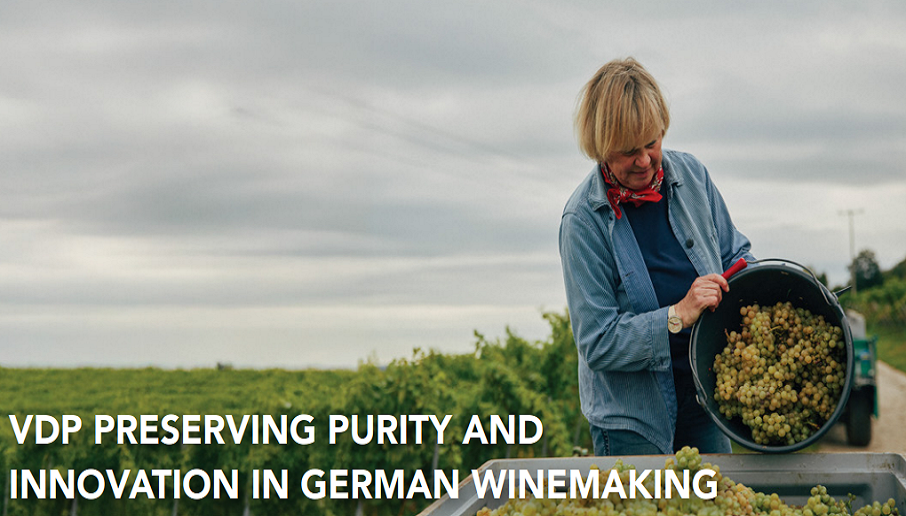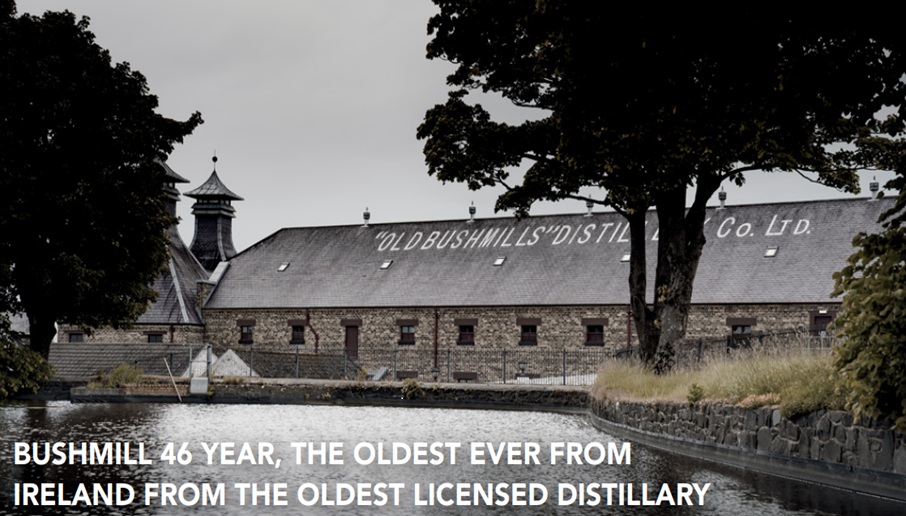BENGALURU’S CRAFT REVOLUTIONMANNHEIM CRAFT BREWERY
From Features Desk Set in the heart of Bengaluru’s dynamic craft revolution, Mannheim Craft Brewery is not just about serving beer, it’s about crafting purpose. Rooted in the time-honored traditions of German brewing but infused with the curiosity and vibrance of India’s evolving palate, Mannheim Craft Brewery is pushing the boundaries of what it means to be a modern-day brewery. This isn’t just about what’s on tap. It’s about culture, community and a culinary experience that’s shaking up the scene. Brewed With Purpose, Served with Principle Mannheim Craft Brewery’s brewing philosophy is rooted in two things: uncompromising quality and intentional craftsmanship. With up to 17 beer styles on tap, every batch is brewed to German standards and each style reflects a deep commitment to consistency, creativity and clarity of flavor.From the award-winning Helles Lager to complex IPAs, rich Dunkels and seasonal innovations like the Mango Hefeweizen, every pour speaks to a philosophy of substance over gimmicks. This craft brewery’s approach has earned international recognition, including a silver medal at the Asia Beer Championship 2024 for its Berliner Weisse and a bronze for the Helles Lager. Apart from this Mannheim Craft Brewery also is the recipient of the Country Champion Brewery from Asia Beer Championship 2024. But awards, for this team, are just validation of a deeper pursuit: brewing beer that respects the drinker. That same philosophy extends into Mannheim Craft Brewery’s collaboration brews, where creativity meets conscience. A standout is the Unfiltered Millet Lager, developed in partnership with Pune-based Great State Aleworks. Brewed with 30% millet-an ancient yet sustainable Indian grain and 70% premium Pilsner malt, this 4.9% ABV lager is light-bodied, clean-finishing and subtly earthy. It’s part of Great State’s Millet Series, a project dedicated to reviving indigenous grains through innovative brewing. The result? A crisp, session able beer with modern appeal and traditional roots. Mannheim Craft Brewery has also teamed up with Naviluna Artisanal Chocolates, a pioneering Bangalore based bean-to-bar chocolate maker. Known for its terroir-centric approach and deep focus on Indian origin cacao, Naviluna shares Mannheim’s reverence for craft and provenance. The collaboration has produced unique beer-and-chocolate pairings and experimental infusions that explore the synergy between hops and cacao, grain and terroir. Mannheim Craft Brewery continues to stretch the canvas of collaboration and community. A significant international partnership includes one with Dr. Brauwolf, a Swiss craft brewery, bringing a cross-continental blend of precision and passion to select limited-edition brews. Among their most compelling offerings is a Coffee Stout infused with their very own Mannheim Specialty Roast cold brew, merging robust roasted malts with the smooth complexity of specialty coffee; an indulgent example of Mannheim’s flair for fusion. These collaborations are a part of Mannheim’s belief that beer can be more than just a beverage. It can be a canvas for collaboration, a bridge between craft traditions and a platform for storytelling rooted in local excellence. Brewing Team: Masters Behind the Magic At the core of Mannheim Craft Brewery’s success is its formidable brewing team, led by their Master Brewer, Varsha Srinivas Bhat. A graduate of the prestigious VLB Berlin, Varsha combines scientific precision with an uncompromising creative spirit. Her philosophy, “Drink Global, Brew Local,” is more than a tagline-it’s the heartbeat of the brewery’s operations. Every beer that flows from Mannheim’s taps reflects her belief that great brewing is a marriage of technical excellence and cultural relevance.Varsha is backed by a team of brewers who bring both dedication and depth to the craft. Rahul Sanap, the Head Brewer, serves as her right hand in executing the brewery’s bold vision. Rahul’s experience and leadership ensure that each recipe is translated into a consistent, high-quality product across batches. Alongside him is Suraj Khadangale, Brewer, whose meticulous approach to fermentation and flavor development plays a critical role in shaping the character of Mannheim Craft beers. Supporting this core team are Assistant Brewers Chetan Jadhav and Sanket Jamdhade. Trained in the wine-rich region of Nashik, both bring a unique perspective to beer production, blending traditional techniques with modern experimentation. Whether it’s managing the delicate balance of grain and hops or ensuring quality control at every step, their contributions are foundational to the brewery’s daily rhythm and long-term innovation.Together, this tightly knit team brings a rare combination of skill, intuition and relentless curiosity to the brewing floor. Their collective passion transforms ingredients into stories told through pilsners, porters, stouts and saisons; each poured with precision, purpose and pride. Craft on Tap Across the City What began at a sprawling brewing facility in Whitefield has now reached elite taps across Bengaluru. You will find Mannheim’s beers flowing at top-tier venues like Underdogs, Roxie, Tall Oaks, Helen’s Place and many more. Their kegs are also welcomed at iconic legacy institutions such as the Bangalore Club and Indian Gymkhana, where tradition meets refined taste. This kind of placement isn’t incidental rather intentional. It represents a brewing philosophy that pairs integrity with scalability, ensuring that whether you’re sipping a crisp lager at a high-energy taproom or during an intimate dinner at a heritage club, the quality remains unchanged. The Rebels Behind the Revolution What makes Mannheim truly unique is the team behind it-a powerhouse blend of strategic vision, brewing obsession, operational expertise and hospitality finesse.Naveen Menon, the CEO, brings over 20 years of global experience from companies like Siemens and Rockwell Automation. For him, this isn’t just a business-it’s a calling. “No Crap on Tap” isn’t just a brand line; it’s his personal benchmark. “We’re not here to follow scripts,” Naveen says. “We’re here to ask why, challenge norms and build something that lasts.” His brother and Mannheim’s COO, Nikhil Menon, is equal parts creative renegade and logistical savant. From being a heavy metal drummer and founding & running a scuba diving school to being a Siebel Institute-certified brewmaster, Nikhil marries art and precision in a way few operators can. His hands-on approach ensures that each tank and tap run with obsessive perfection. Shankar Subramaniam, Co-Founder & Chief Sales, Marketing & Regulatory Affairs, is a
BENGALURU’S CRAFT REVOLUTIONMANNHEIM CRAFT BREWERY Read More »




